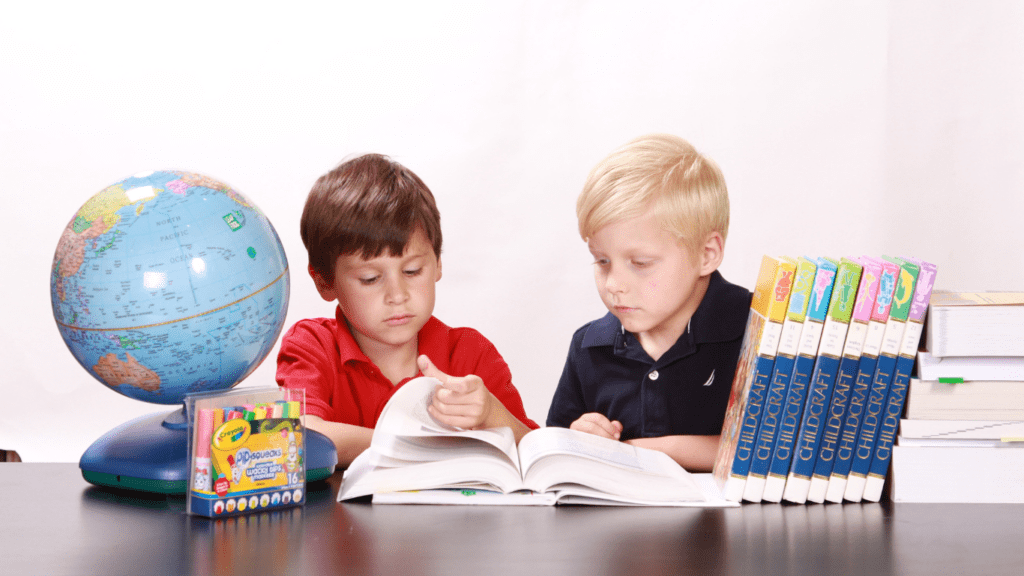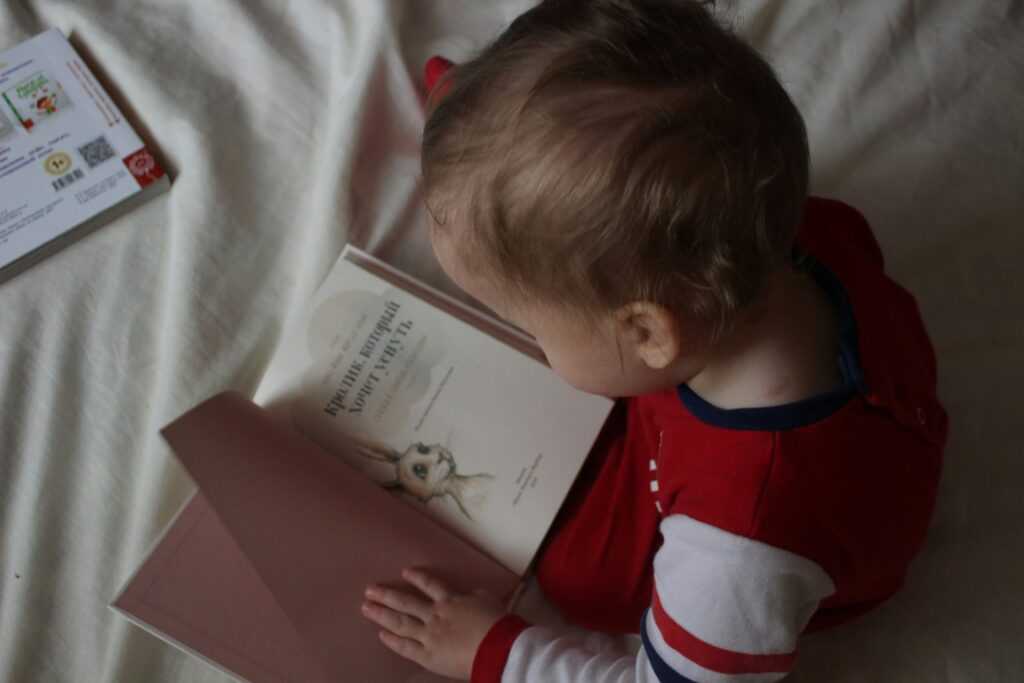Overview of Bilingualism Benefits
Bilingualism brings numerous advantages to children, shaping their cognitive functions and broadening their social and cultural horizons.
Cognitive Advantages
Bilingualism enhances brain function, improving problem-solving abilities, memory, and multitasking skills. The need to switch between languages strengthens executive functions.
Bilingual children, for example, often exhibit better attention control and conflict management when compared to monolingual peers.
Studies show improved cognitive flexibility in bilinguals, allowing them to adapt to new rules and environments more easily. Regular use of multiple languages keeps the brain active, delaying cognitive decline in later years.
Brain scans reveal denser gray matter in regions responsible for language, executive control, and attention.
Social and Cultural Benefits
Bilingualism immerses such as:
- children in diverse cultures
- promoting empathy
- cultural awareness
It enables them to communicate effectively with a broader range of people, enhancing social skills and making cross-cultural friendships more accessible.
Language proficiency opens doors to cultural experiences like literature, music, and traditions unique to each language. For example, a child speaking both English and Spanish gains insights into both Anglo and Hispanic cultures.
This inclusive experience nurtures open-mindedness and a global perspective.
Early Language Development in Children

Early language development is crucial for children, especially when they are exposed to multiple languages. The formative years present a unique opportunity for them to acquire language skills effortlessly and naturally.
Critical Periods for Language Learning
Children experience critical periods for language learning in their early years. During these periods, their brains are highly receptive to acquiring new languages.
Research indicates that the most effective language learning occurs before puberty, often between birth and age 7. This development window allows children to achieve native-like fluency in multiple languages with greater ease compared to adults.
Impact of Bilingual Environment
A bilingual environment significantly influences early language development. Children exposed to two languages from birth tend to develop robust cognitive functions and high linguistic proficiency.
For instance, they can effortlessly switch between languages based on context and audience. Studies show that bilingual environments contribute to better executive functions, such as problem-solving and multitasking, which remain beneficial throughout life.
Additionally, being raised in a multilingual setting enriches children’s social experiences, providing them with the tools to communicate across different cultures, fostering empathy, and enhancing their ability to relate to a diverse range of individuals.
Strategies for Raising Bilingual Children
Raising bilingual children offers numerous cognitive and social benefits. Integrating specific strategies can enhance their language development and proficiency.
Everyday Practices
Incorporate the target languages into daily routines to create a natural learning environment
- Engage kids in conversations, sing songs, and read books in both languages.
- Live in areas with bilingual communities to facilitate natural interactions.
- Encourage play dates, sports, or cultural events in both languages to foster organic language use.
- Use consistent language patterns at home; for example, one parent speaks one language while the other speaks the second.
- Expose children to diverse media sources like TV shows, movies, or music in their target languages.
Educational Tools and Resources
Use bilingual education apps to make learning interactive and fun. Platforms like Duolingo Kids and Lingokids offer gamified language lessons. Utilize bilingual books and audio resources to support reading and listening skills.
Enroll children in language immersion programs or bilingual schools for structured learning environments. Access online resources, such as educational videos or interactive websites, to supplement traditional methods.
Collaborate with language tutors for personalized instruction tailored to the child’s proficiency level.
Challenges and Solutions
Raising multilingual kids comes with its share of challenges. Here, I explore common issues and provide actionable solutions to ensure successful bilingual upbringing.
Overcoming Language Confusion
Parents often worry that learning multiple languages may confuse children. Research by the American Academy of Pediatrics shows that children can distinguish between languages early on, even before speaking.
To mitigate any potential confusion, I recommend establishing clear language boundaries. Use ‘one parent, one language’ (OPOL) or designate specific times for each language.
For instance, speak English during meals and another language during playtime. Providing consistent exposure to each language helps reinforce understanding and usage.
Handling Resistance and Bilingual Education Myths
Facing resistance from children continuing with bilingual education is common. Addressing this requires making language learning engaging. Incorporate games, songs, and interactive activities tied to both languages.
Celebrate small milestones to keep motivation high. As for myths, some believe bilingualism hinders cognitive development. Contrarily, studies by the University of Edinburgh affirm that bilingual kids often excel in problem-solving and multitasking.
Address misconceptions by sharing research-backed benefits with skeptics, ensuring they recognize the advantages such as enhanced cognitive abilities and better career opportunities.

 Cynthian Holleyori is a skilled article writer who has been integral to the development of Toddler Health Roll. Her deep understanding of child health and development is evident in her well-researched and practical articles, which provide parents with essential guidance on raising healthy toddlers. Cynthian's contributions have significantly shaped the platform, ensuring that it addresses the most pressing concerns of parents and caregivers.
Beyond her expertise in toddler health and nutrition, Cynthian also delves into the mental and emotional well-being of young children. She offers valuable parenting strategies that help families foster a nurturing and supportive environment for their toddlers. Her dedication to building Toddler Health Roll has made it a trusted and comprehensive resource for parents committed to their children's growth and happiness.
Cynthian Holleyori is a skilled article writer who has been integral to the development of Toddler Health Roll. Her deep understanding of child health and development is evident in her well-researched and practical articles, which provide parents with essential guidance on raising healthy toddlers. Cynthian's contributions have significantly shaped the platform, ensuring that it addresses the most pressing concerns of parents and caregivers.
Beyond her expertise in toddler health and nutrition, Cynthian also delves into the mental and emotional well-being of young children. She offers valuable parenting strategies that help families foster a nurturing and supportive environment for their toddlers. Her dedication to building Toddler Health Roll has made it a trusted and comprehensive resource for parents committed to their children's growth and happiness.
